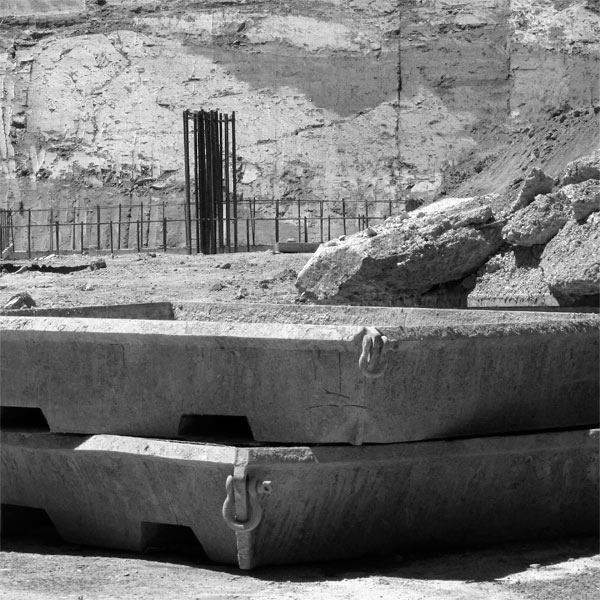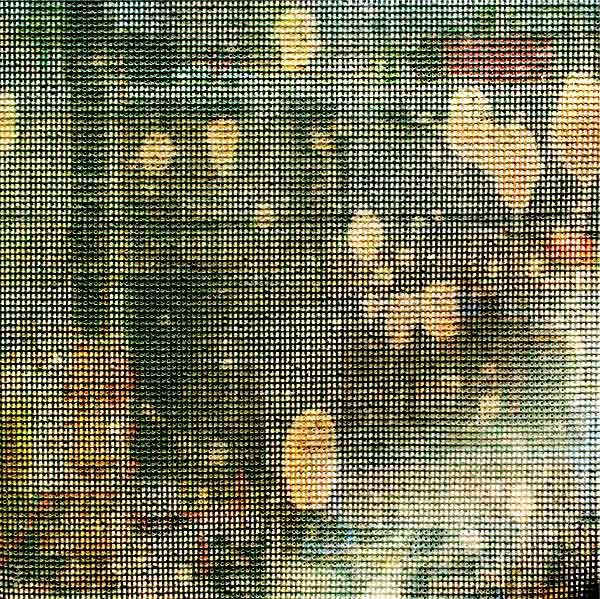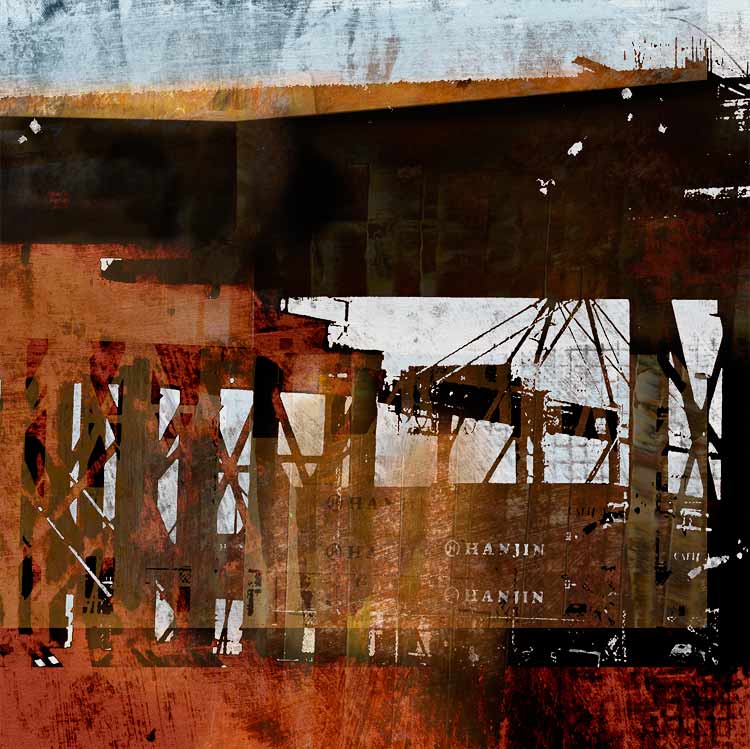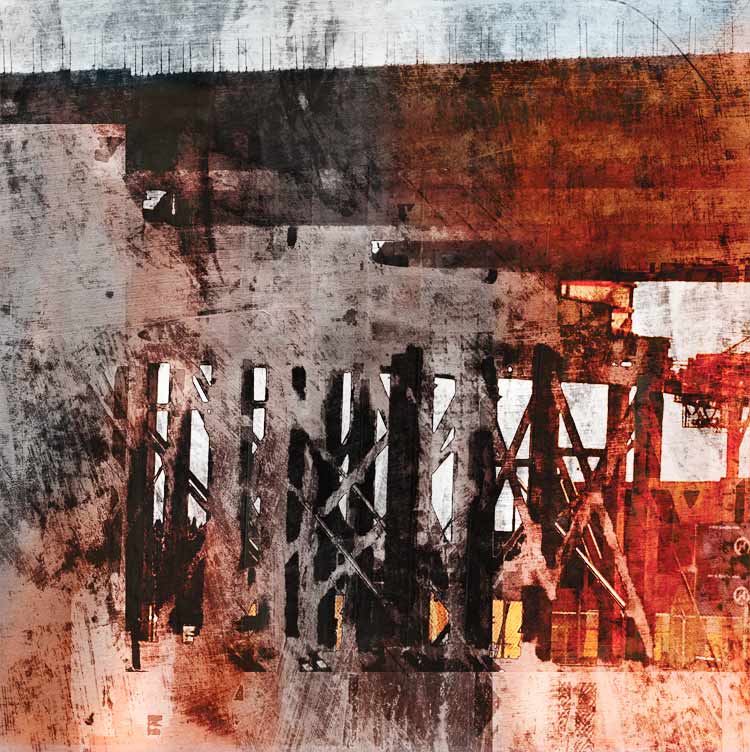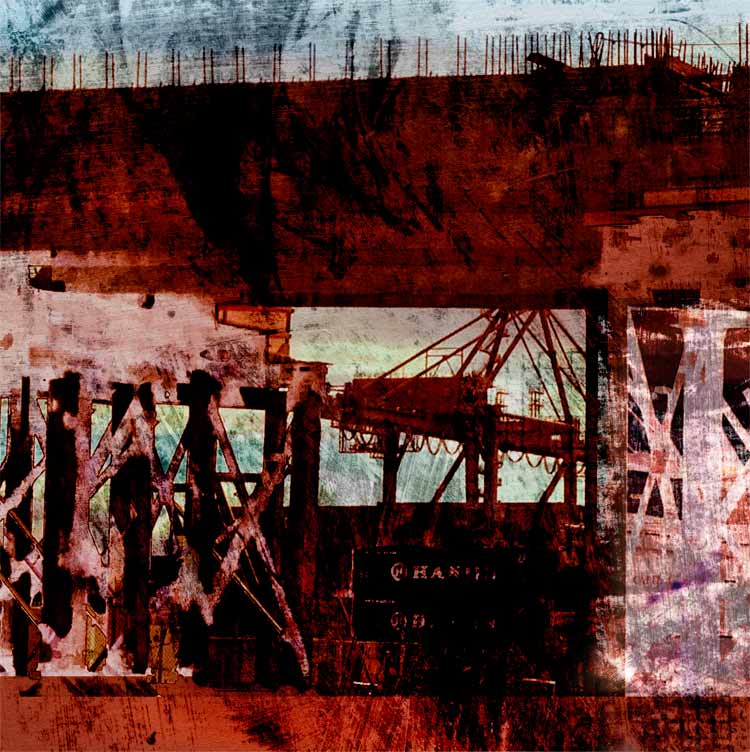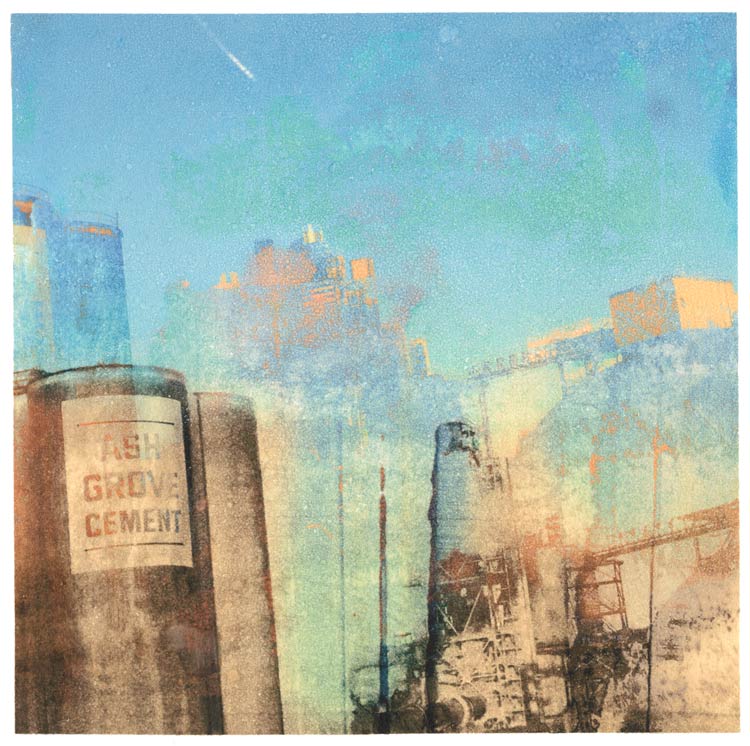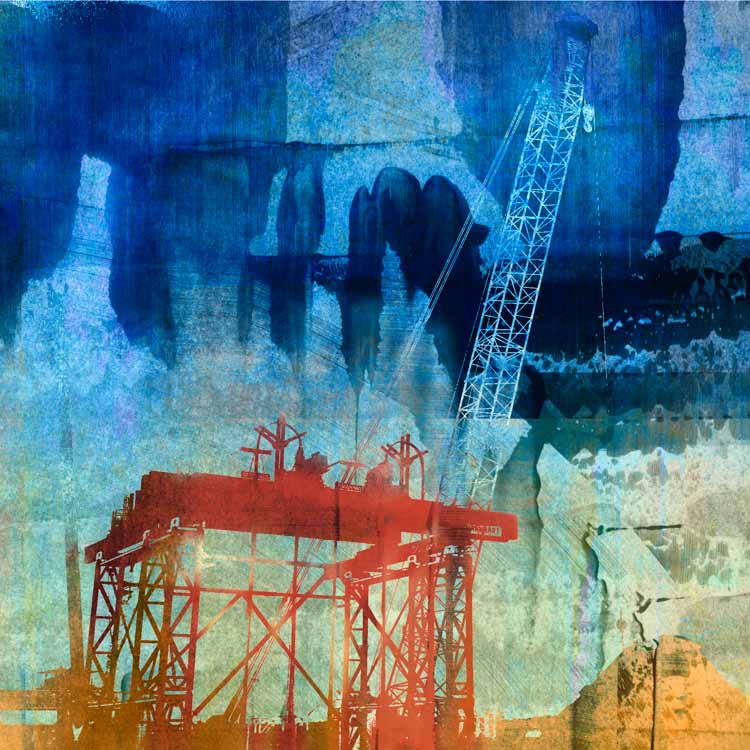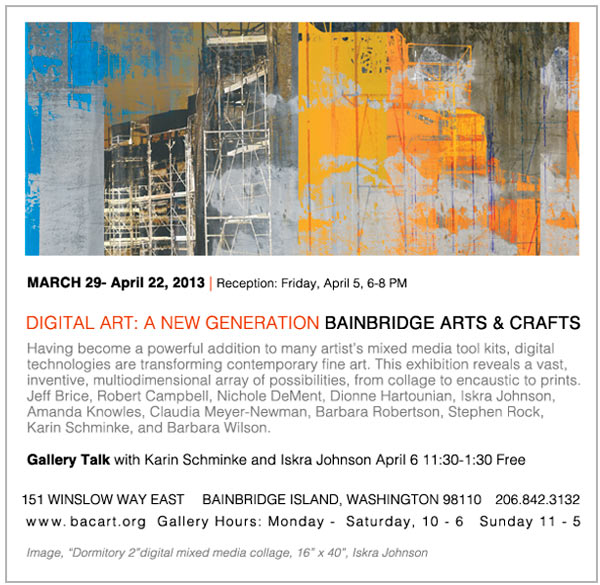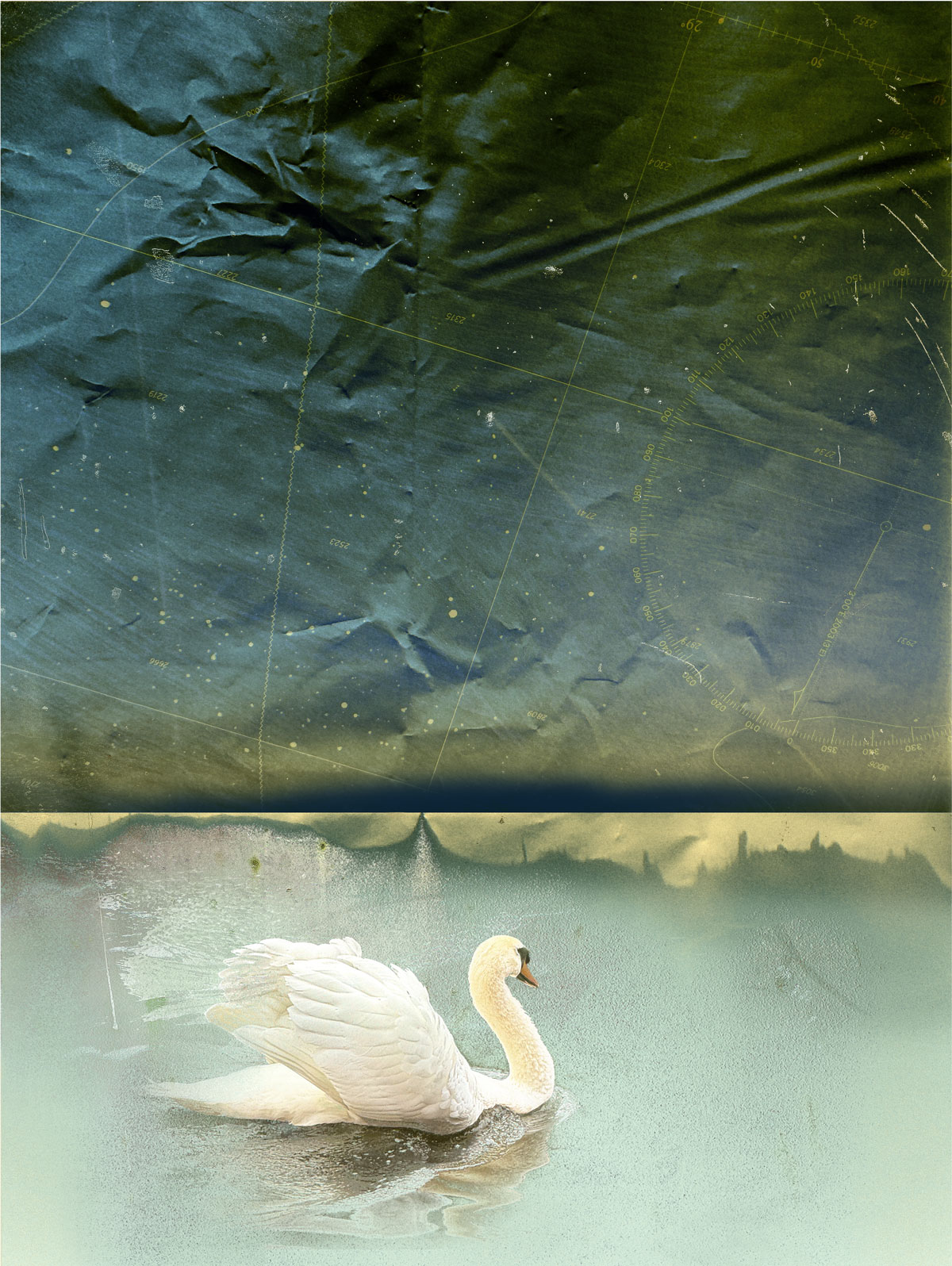
A big thank you to the friends and collectors who came out to my open studio and party November 16th! You made the year a great one, and work continues to go out the door, as those who could not make the open house stop by to visit. There were many requests for the swans to appear as cards, and as promised, they are now live, in The Swans Suite in my shop. All of the works are available as larger prints as well. A few of the swans are available only as larger prints. I may make a second Swans stationary collection as time goes on.
As a holiday thank you I am offering a 20% discount in my shop from now through the Solstice. If you have had your eye on a larger piece this is your chance to save big on any purchase over $150, cards excluded. Enter SOLSTICE24 at check out.
A note on upcoming price increases: Due to the inflation of costs for ink, paper and postage, I will be raising prices to catch up next year. This is one of your last chances to purchase cards at the current rate of 6 for $33

